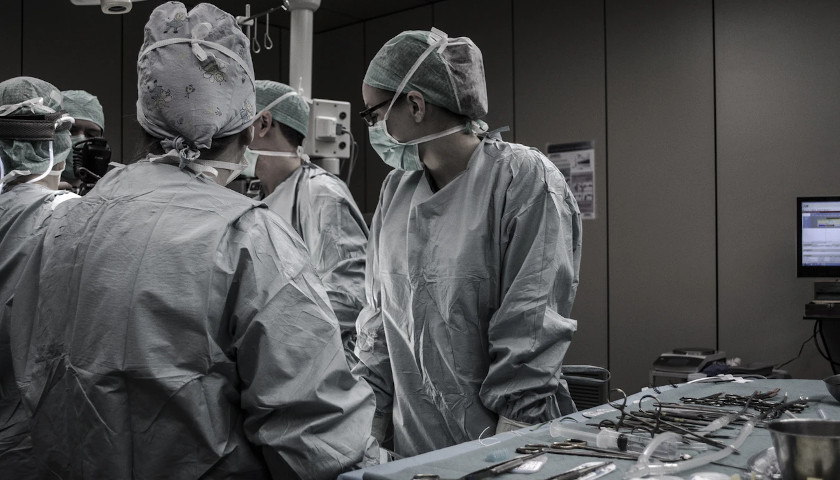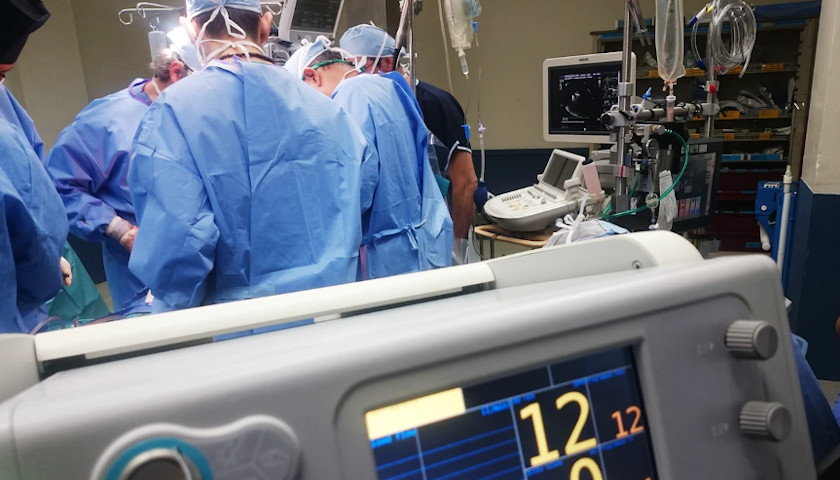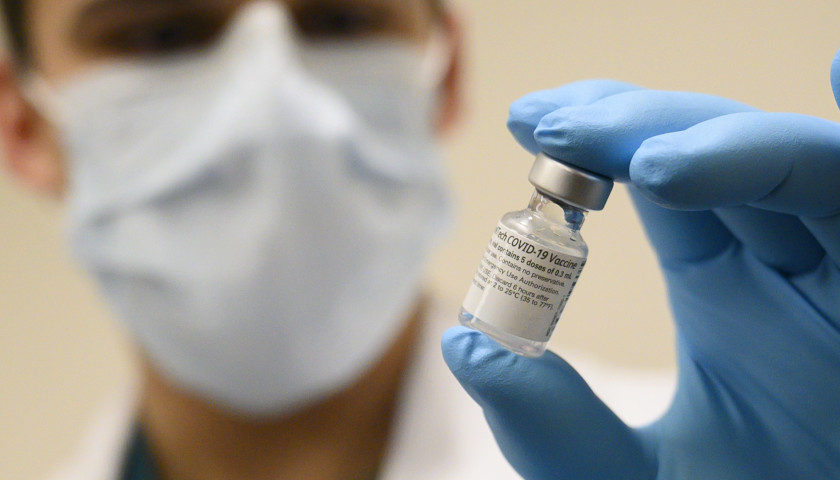Virginia hospitals saw a 10 percent decrease in inpatient volumes in 2020 and a 30 percent decrease in emergency department visits, according to the Virginia Hospital and Healthcare Association (VHHA). On Wednesday, VHHA staff held a virtual press conference presenting an update on hospitalization and emergency department visit trends. Hospitalization data does not show a COVID-19-lockdown baby boom, but rather a decrease in usage of hospital pregnancy services when compares to previous years. On the other hand, inpatient discharge data shows an increase in treatment of alcohol, drug use, and related mental disorders, a trend that began before COVID-19.
VHHA Vice President of Data and Analytics David Vaamonde presented the data, which also shows 30,462 total COVID-19 hospitalizations April through December 2020, with three waves approximately in late spring, late summer, and winter. 3,671 hospitalized COVID-19 patients died in-hospital. 71.15 percent of hospitalized COVID-19 patients had high blood pressure, 49.32 percent had chronic kidney disease, 48.88 percent had hyperlipidemia, and 43.68 percent had diabetes. Some patients had more than one chronic condition. The average age of hospitalized COVID-19 patients was 67, and the average age of COVID-19 patients who died in hospital was 74.
Economic Impact
The lower inpatient discharge volumes were driven in part by postponing of elective surgeries last spring, but even after the elective surgery ban was repealed, inpatient discharge volumes remained low. According to VHHA Vice President Julian Walker, hospitals were also impacted by the economic downturn related to COVID-19.
“The reality is this: that this has been a year of tremendous upheaval for so many individuals and businesses and families and governments. And that is certainly true of the hospitals and the health system community in Virginia,” Walker told The Virginia Star. “Overall, hospitals in Virginia had revenue loss exceeding $1.8 billion in 2020 due to a number of factors associated with the pandemic including the fact that last spring there was a halt on non-emergency scheduled procedures, which bring in revenue for hospitals. And those procedures were essentially shut down for a month and a half, two months.”
Walker said the closure was prudent at the time, but still had negative impacts. He also said Virginia hospitals received about $750 million in federal relief from the CARES Act, but that still left hospitals with a revenue loss of over $1 billion. Walker said hospitals are one of the major employers in Virginia, with about 132,000 employees across the Commonwealth.
“Hospitals in many communities in Virginia are one of the top employers in that community or in that region,” he said. “So, you have to think about hospitals the way you would think about any economic cornerstone in the community. If they face economic hard times, they are plugged into other vendors, other business, other service providers.”
The economic impact in the medical community extends beyond hospitals — Walker cited data from an annual survey by The Physicians Foundation, which reports that nationally, eight percent of physicians, up to 16,000 medical practices, have closed their practices due to COVID-19, and 43 percent of physicians have reduced their staff.
Long term, Walker is watching to see what happens after COVID-19.
“Even now while there is light at the end of the tunnel with respect to the pandemic, we’re not fully out of the woods yet, and I think what everyone is grappling with, including the healthcare community, is what the quote unquote new normal looks like,” Walker said.
“So, the question becomes, what does, when we are truly beyond this period, because we’re not fully there yet, does everything rebound and go back to the way it was? Or do we see change patterns of healthcare utilization,” he said, noting that data can help reveal when Virginia has reached full recovery.
Walker said, “The data sort of speaks to that as well, we’re not recovered as of yet, and we need to see what full recovery looks like.”
– – –
Eric Burk is a reporter at The Virginia Star and the Star News Digital Network. Email tips to [email protected].





